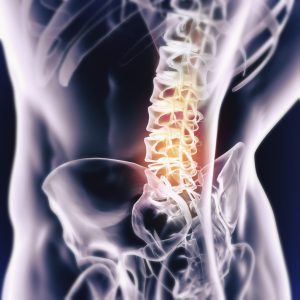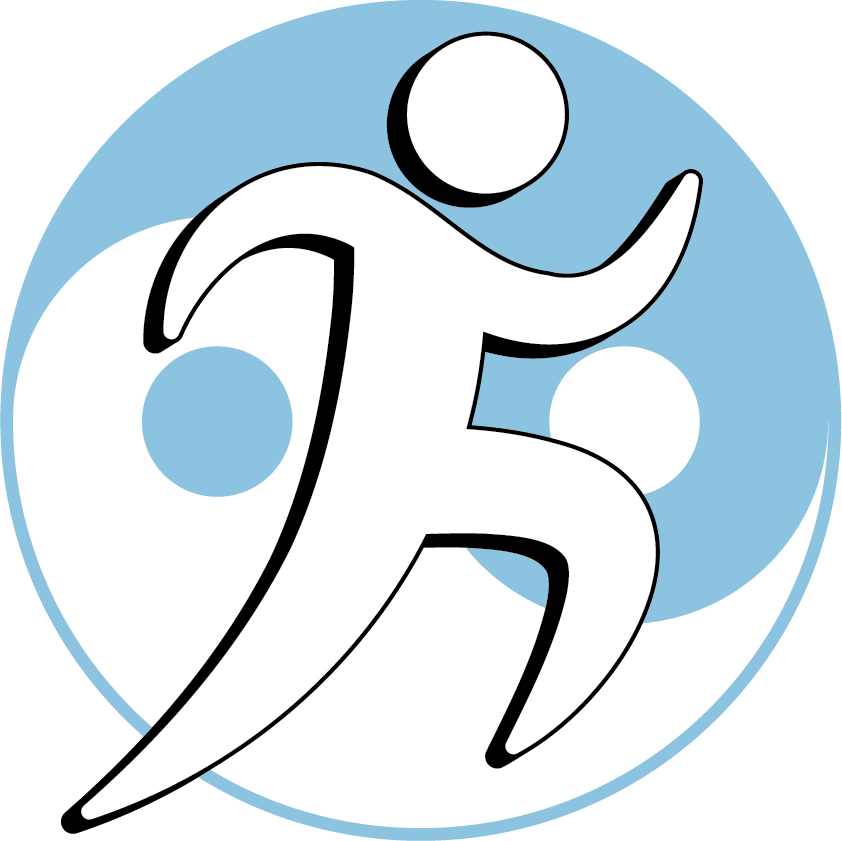aka the "Sinew Meridians"
With Instructor Anthony Von der Muhll, L.Ac., DNBAO, FAIPM
Check back for next live class date, or contact us to be notified by email
Study the structure and function of the jing-jin (myofascial tracts or “sinew meridians”) in a cadaver lab.
- Review how different depths and angles of needle insertion can be used to affect different tissues.
- See where needles can safely and usefully be inserted–and also should never go–in actual anatomical specimens.
- Learn the way ancient physicians did: by tracing the longitudinal fascial connectivity between bones, muscles, tendons, organs, and neuro-vascular bundles that make up the jing-jin or myofascial tracts.
Structures reviewed will include both appropriate targets for neuro-anatomical acupuncture, and adjacent critical structures to avoid puncturing (in italics):
- Taiyang: plantar fascia and superficial musculature; Achilles tendon; hamstrings; (sciatic nerves); sacro-tuberous and sacro-iliac ligaments; paraspinal musculature; facet joints and discs; (kidneys, pleural cavity) trapezius, sub-occipitals, (brain stem), levator scapula, and rhomboids; triceps brachii, ulnar-carpal joint.
- Shaoyang: peroneal muscles; superior tib-fib joint; IT band; gluteals, quadratus lumborum (kidneys), serratus anterior, sterno-cleido-mastoid (carotid artery, jugular vein), scalenes (dome of lung, brachial plexus), supraspinatus.
- Yangming: tibialis anterior; knee ACL, PCL, meniscii and patello-femoral structures; adductors, (femoral nerve, artery, vein) iliopsoas; acromio-clavicular and gleno-humeral joints; forearm extensor compartment and radial tunnel.
- 3 Yin: tibialis posterior; popliteus; (popliteal artery, tibial nerve) knee MCL; vastus medialis; pectorals; (axial and brachial neurovascular bundles); biceps brachii, supinator, and pronator teres; (median and ulnar nerves) carpal and ulnar tunnels.

My personal statement about cadaver lab as a learning experience:
Of all the classes that I teach, this is the one that means the most to me personally and professionally.
Why do I feel so passionately about spending a day in a chilly lab with a bunch of dead bodies that smell like preservative chemicals? In no other setting do we have the opportunity to study the technical, tangible and physical structure and function of humans from the inside out, and to simultaneously appreciate the transiency and poignancy of the gift of life, with all its sorrows and joys its pleasures and pains.
By seeing where our all of our ancestors have gone, and where we and every patient we treat and every person we know will go, we can see the physical body as a temporary vehicle for the soul, and come to a greater reverence for the value of health, healing, and happiness.
And this lab fills me with appreciation for the generosity the people and their families who give this extraordinary and privileged opportunity to examine their bodies, so that we may put such knowledge to use in the service of humanity, and that we may all enjoy the brief time we have together on our fragile planet Earth. To everyone who makes it possible for us to learn about life from death, I give my profound and heartfelt thanks.
And to those interested in such learning, I hope you will join me in enjoying and making the most of this journey of curiosity, love, and reverence for the miracle of being.
